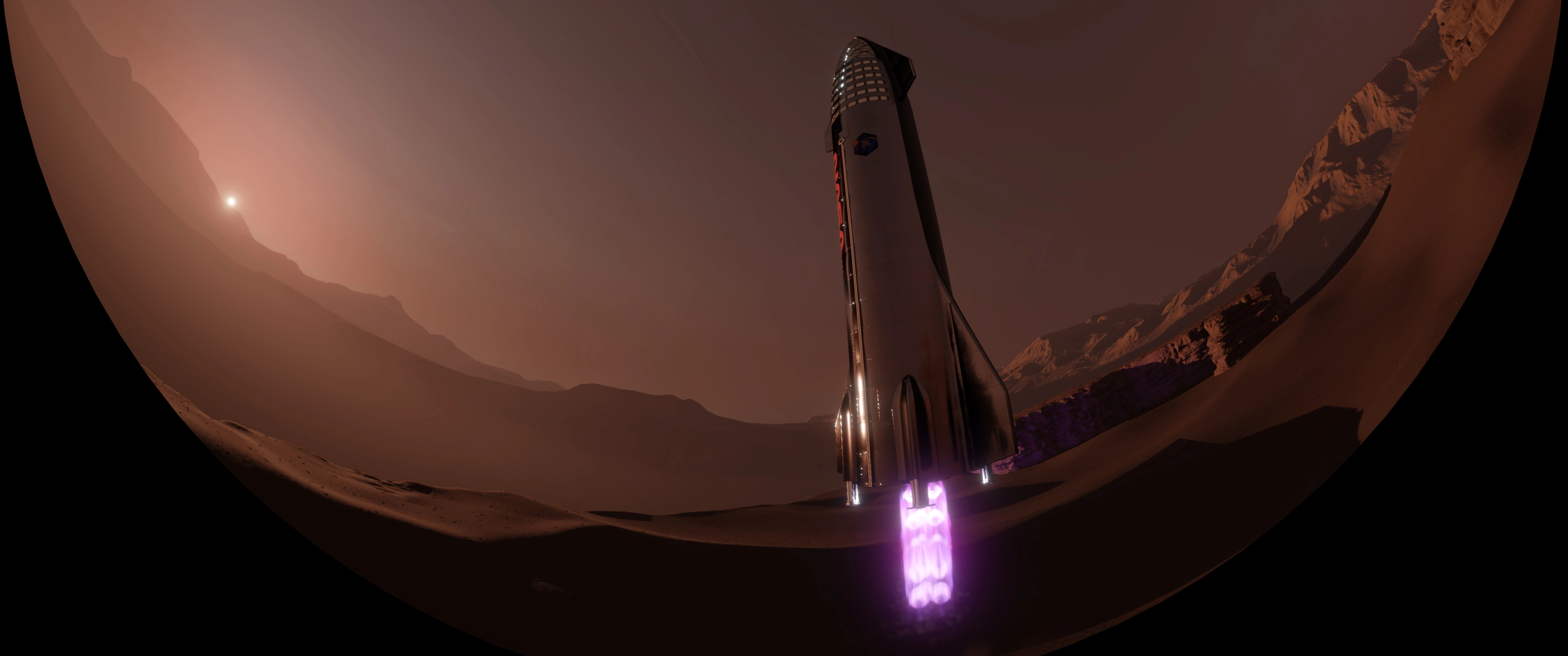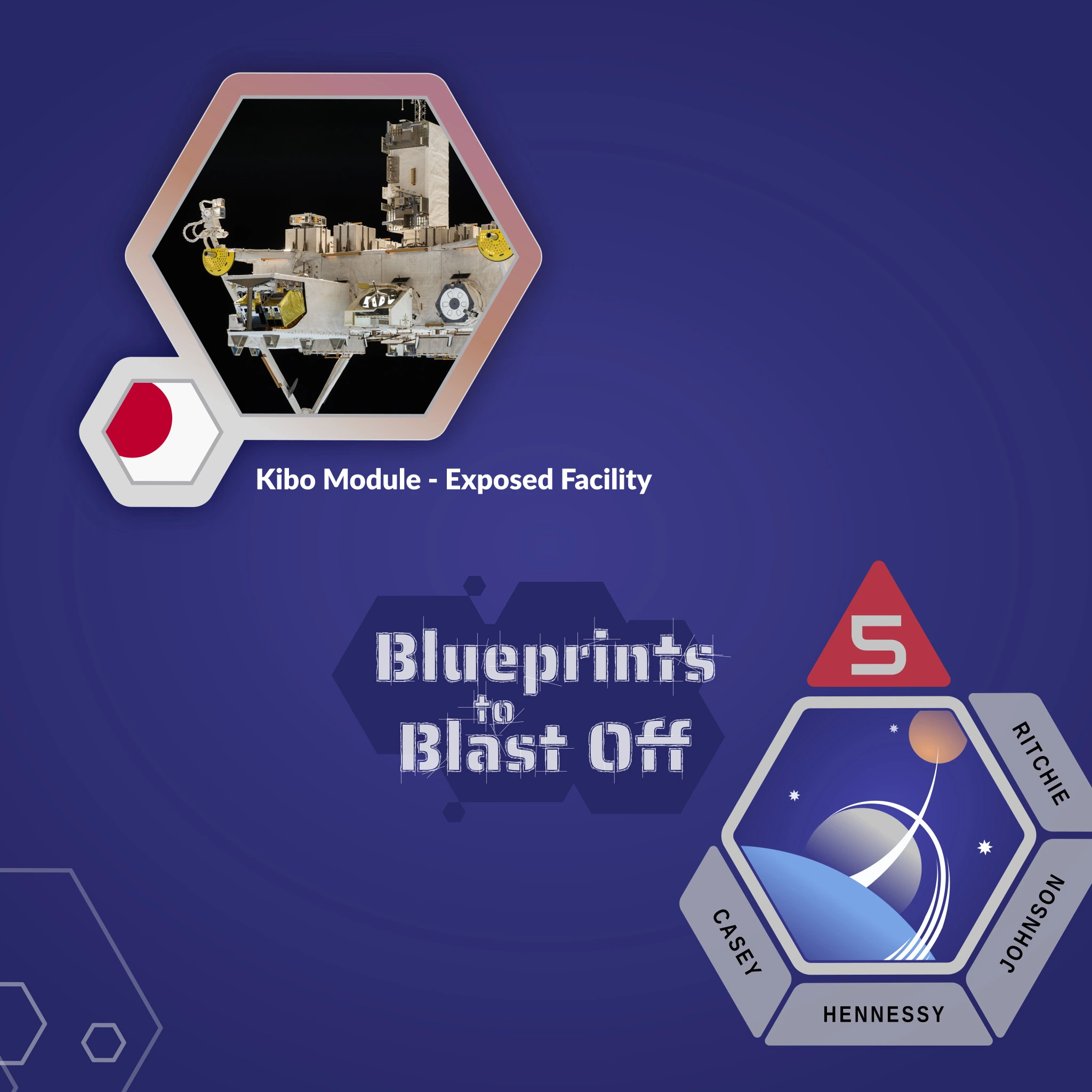Case Study: Blueprints to Blastoff

Lyon Ritchie delivered several full-dome animated sequences for Home Run Pictures' client Buhl Planetarium at Carnegie Science Center. Blueprints to Blastoff (Blueprints) features a rocket launch, a visit to the International Space Station (ISS), and both Lunar and Mars landings.
Problem
For Blueprints several locations were requested in fulldome format so that storytellers at the Buhl Planetarium could create bespoke stories with a mix of realtime techology, live narration and, fulldome animation.
Our Approach
For Blueprints Lyon Ritchie created three unique locales for sequences that take place on the Moon, in lunar orbit, Mars orbit and a hypothetical location on Mars. We built most of our scenes with pre-existing 3d models. We based our moon on actual lunar terrain data. For Mars we would use Unreal Engine as the renderer for fast, realistic lighting and atmosphere. This also gave us access to Epic’s Quixel Megascans asset library – a great resource of rocks and cliffs for our rugged Mars terrain.
Visual effects for the launch sequence would build on our previous work for Cosmic Cookbook. For this project we improved the detail of the exhaust plume and layered additional FX to improve realism.
Solution
SLS Launch
Plumes from Cosmic Cookbook were updated for the solid rocket boosters. New effects were created for RS-25 engine exhaust and, because of the differences in size and shape between the SLS and Atlas V, we adapted the ice and smoke effects and added several layers in compositing.
Re-lighting the scene was also needed as the plumes illuminate the launch site during this night-time lift-off.
Luna
We modified the client-supplied Starship HLS model with appropriate landing gear for landing on the moon – at times we’re asked to interpolate what a future design might be like in the absense of information during production.
Tight collaboration, with the client’s character animator, was also needed for a shot of the astronauts disembarking the lift to the lunar surface to interact with the audience.
Mars
Again, we modified a client-supplied model for animating the Starship’s flaps and landing gear – needed for the fiery atmospheric entry and landing on the desolate landscape.
For better control in the composite, foreground elements, especially FX-related, were rendered separately from the background elements in certain shots.
Several effects from the Unreal Engine Marketplace were adapted for dust and rocket plumes. It was an absolute joy to drop these into the scene and get immediate and realistic feedback.
The supplied character animation was converted to Alembic to reduce errors on import and improve reliability.
Blueprints

Two "blueprint" sequences highlight the components of the ISS and SLS. Several points of interest, each with graphical a call-out, allow presenters to pause their presentation and go into greater detail about the technology on display.
Results
Over the course of two years Lyon Ritchie delivered five finished sequences – 9,000 frames of full-dome 3d animation at 4k resolution.
Unreal Engine unlocked a new workflow for us and we look forward to using it on future projects. Access to Quixel Megascan assets allowed for rapid environment development and were easily adapted to the desired look of the sequence.
Each CGI software app has its strengths and weaknesses. Working with Gary’s different army of toolsets on this sequence eliminated the weaknesses. With the ability to use Home Run Pictures' tools where they excelled and his where they did we were able to solve the visual needs.